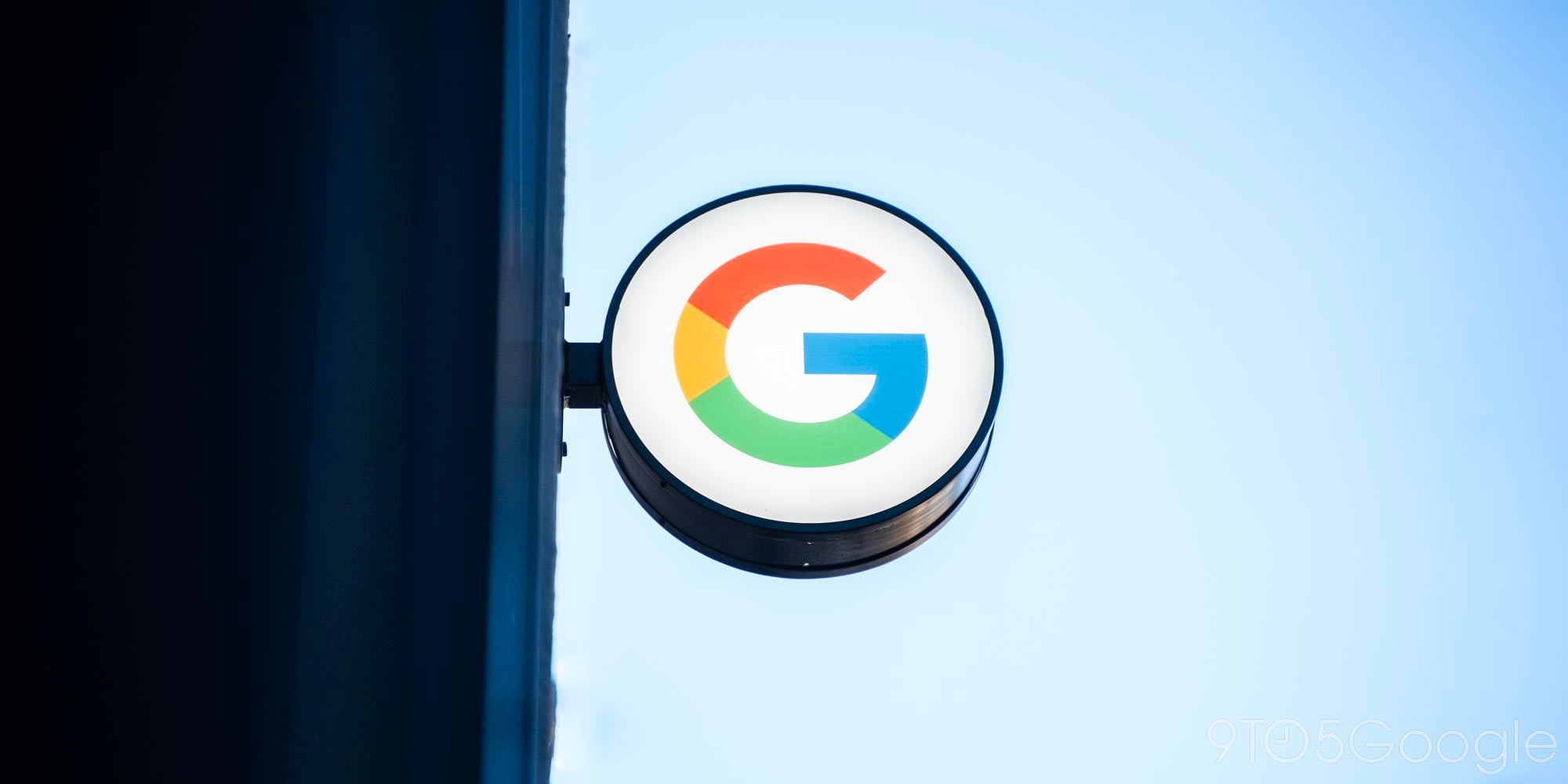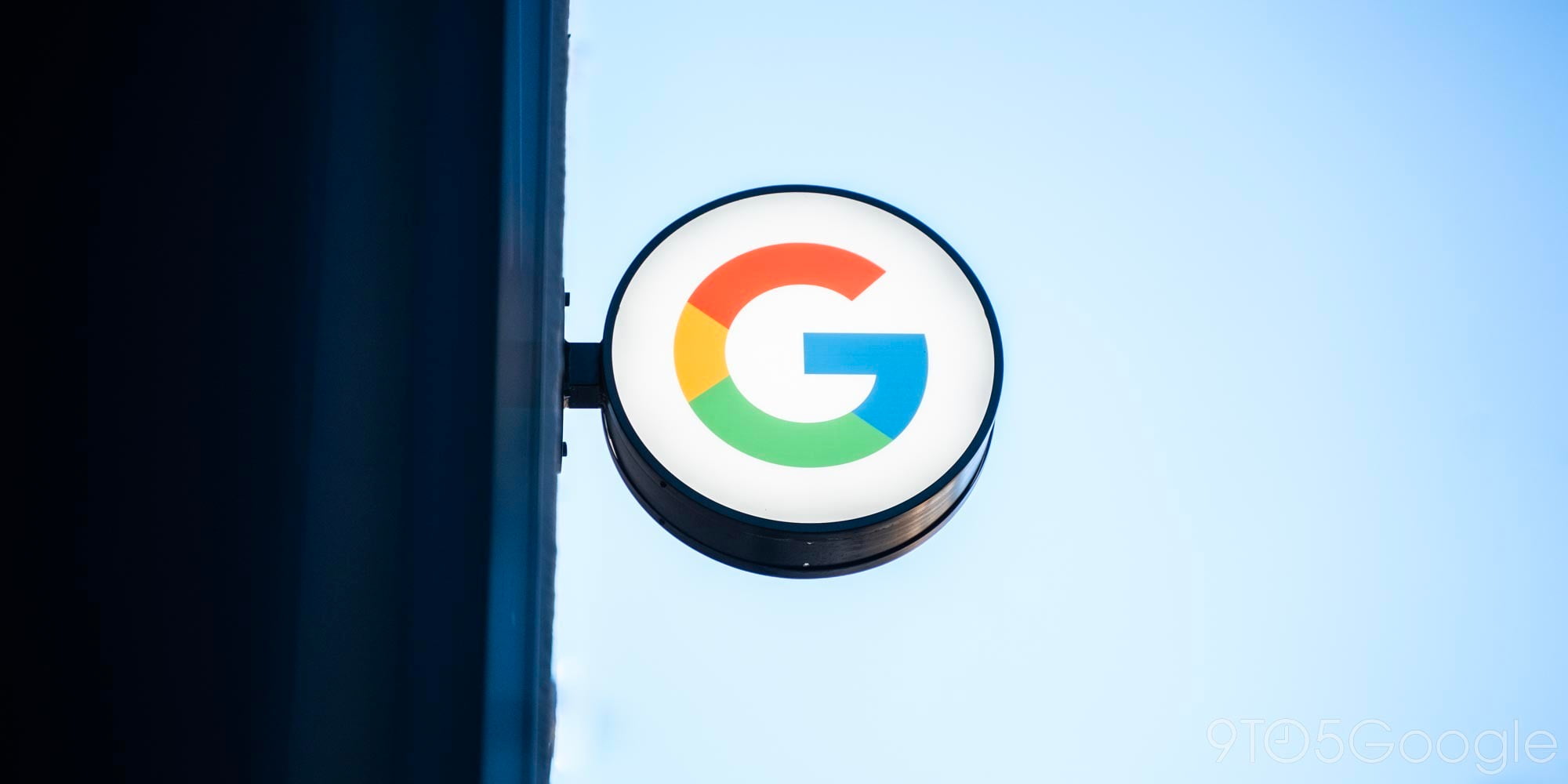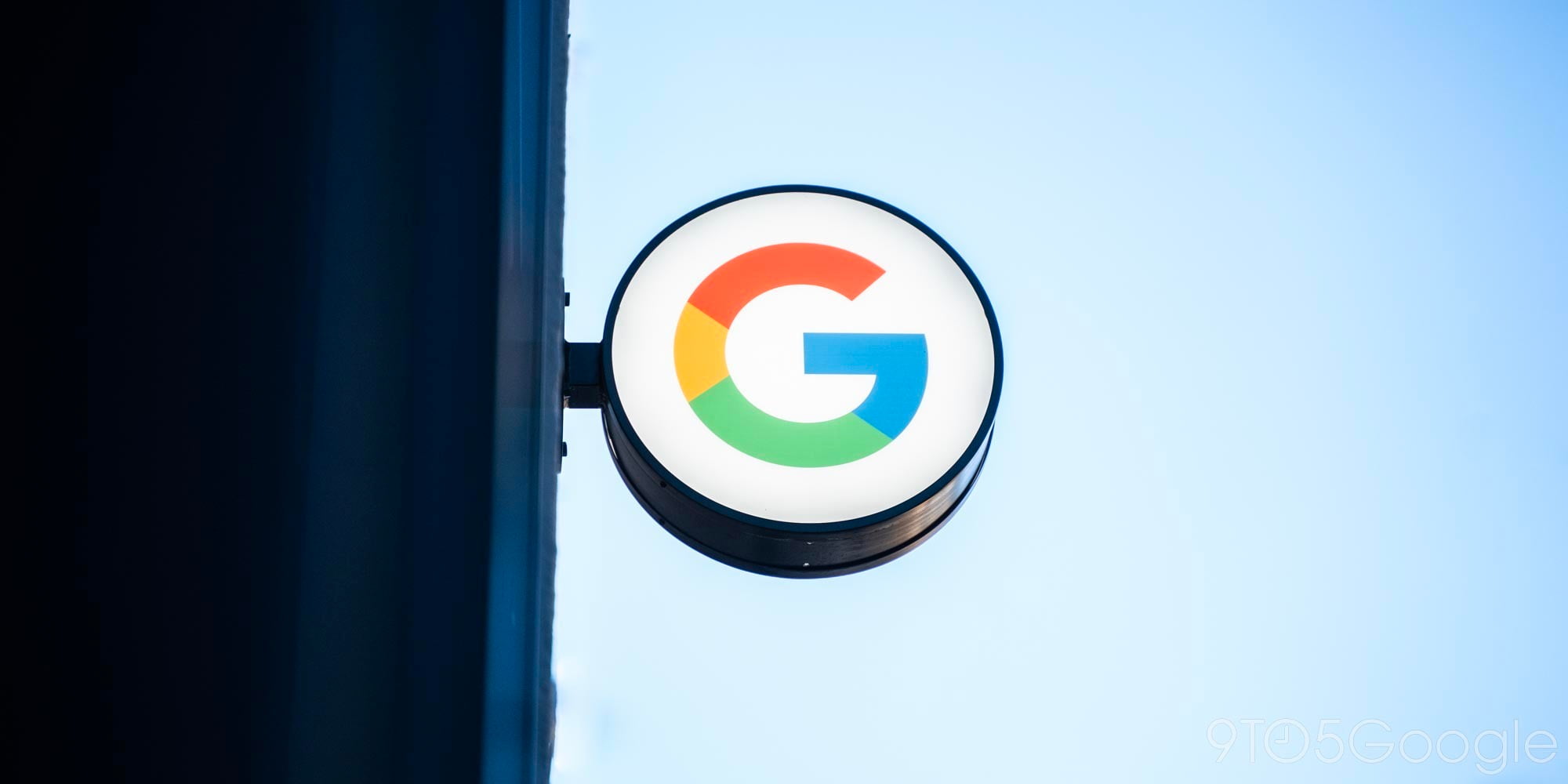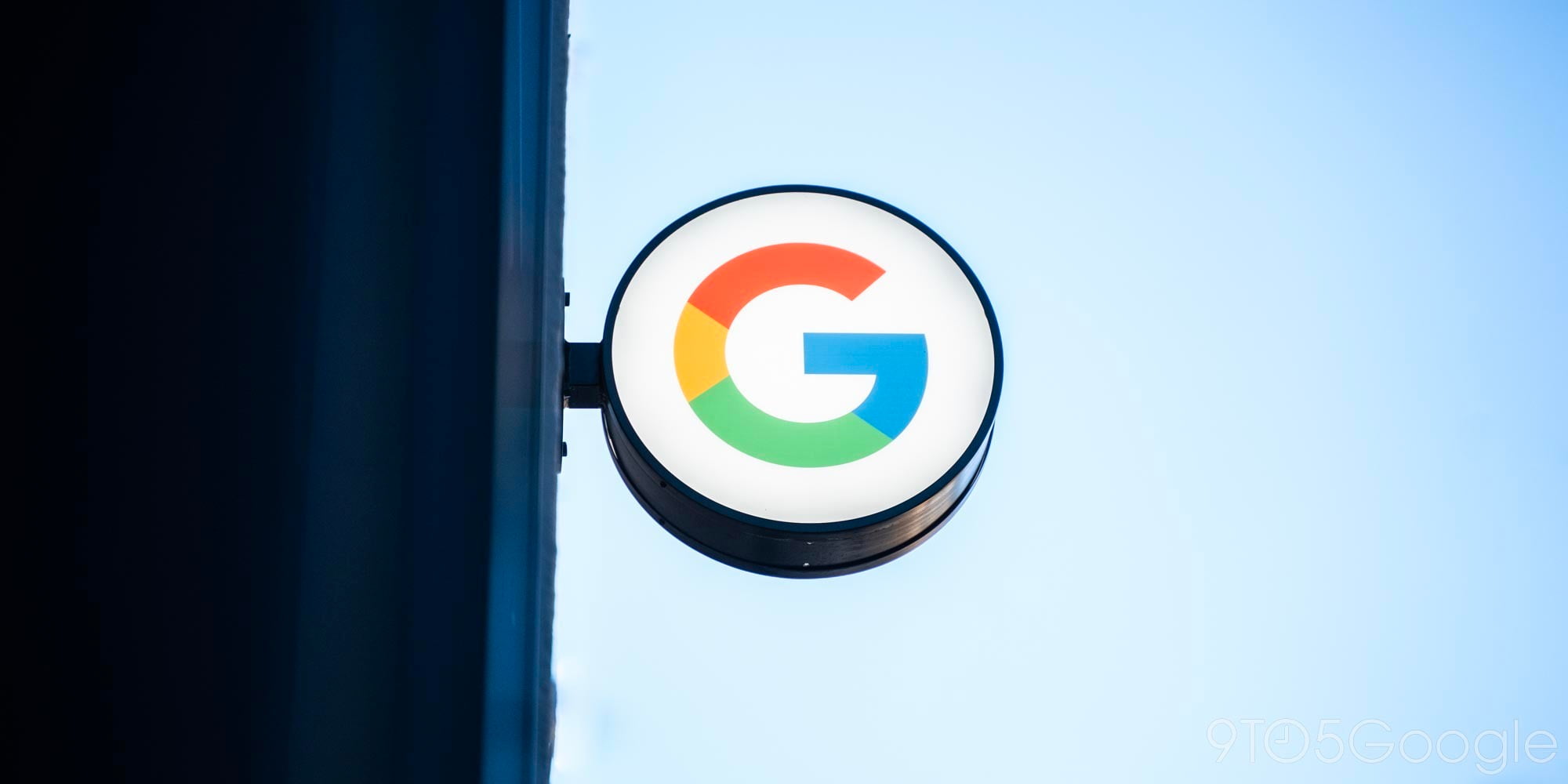Side-by-side: How Apple’s new Transit directions compare to those in Google Maps
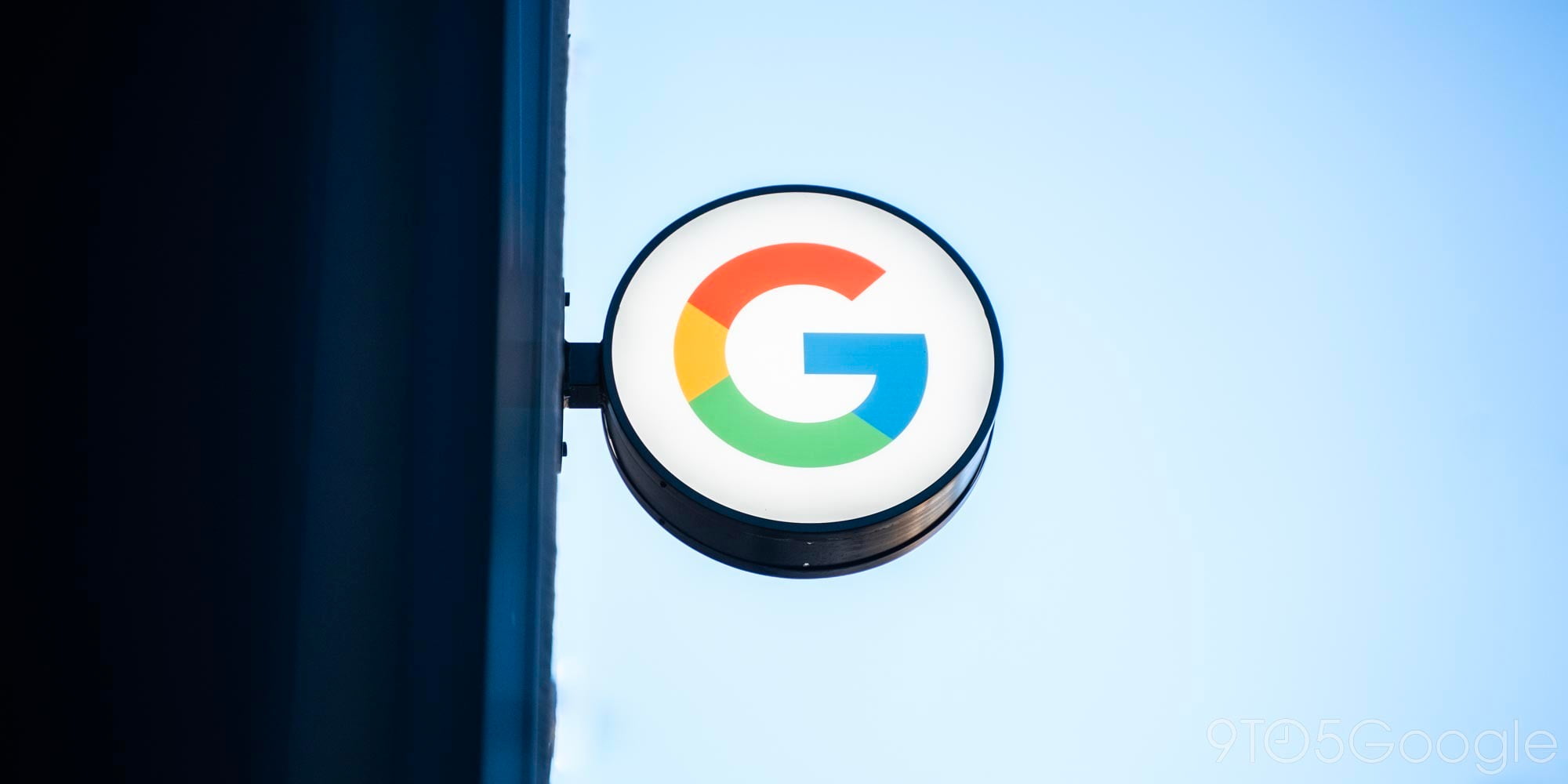
- New transit view in Apple Maps
- Google’s transit view
Yesterday, at WWDC 2015, Apple introduced transit directions to its native Maps application for the first time. It’s a feature that has long been in the works, and it’s still not actually coming to consumer devices until later this year. But those who have access to the iOS 9 beta can try out the feature in select cities, including New York City, San Francisco, and others.
Transit directions aren’t new, though, and you probably know that Google has offered them in its own official Maps app for many years. But since Apple split off from using the Google-powered Maps app with iOS 6, the company has been struggling to match Google’s offerings. Here, we take a look at Google’s transit directions in comparison to Apple’s new offering…
Expand
Expanding
Close
